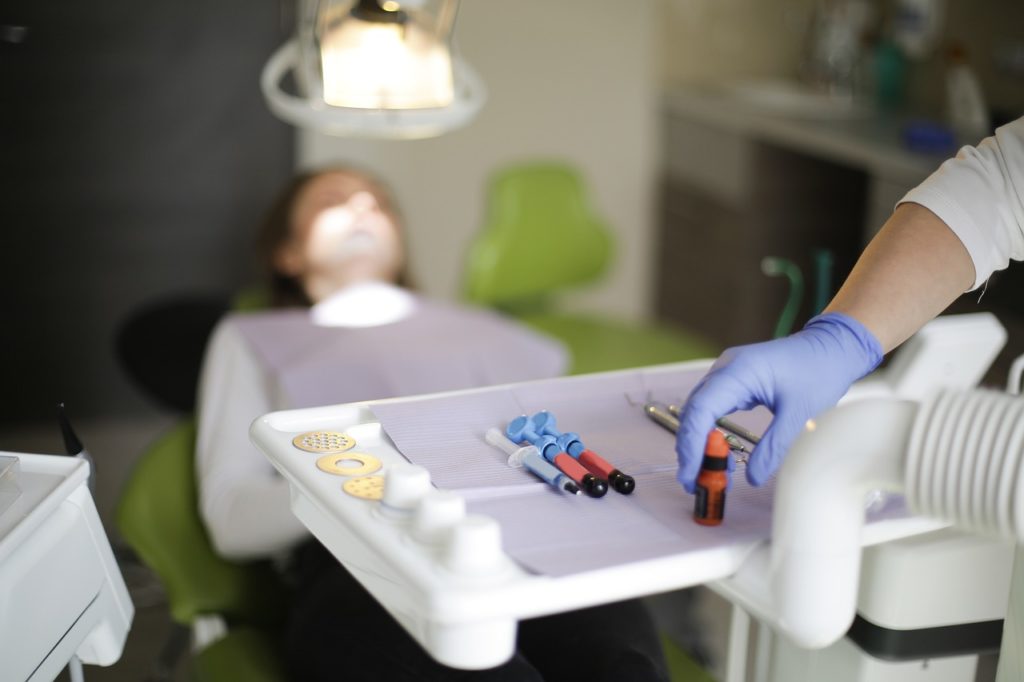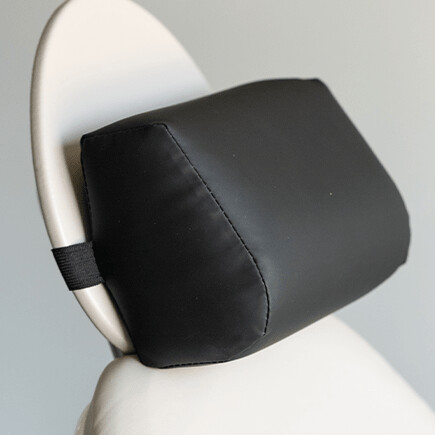Common Musculoskeletal Issues in Dentists and Their Causes

Dental professionals are all too familiar with musculoskeletal issues. Studies have shown that more than 62% of dentists reported at least one musculoskeletal complaint, with 30% being chronic complaints, 16% having spells of absence, and having 32% sought medical care for their complications. These types of issues are one of the top reasons for early retirement, reduced patient loads, dissatisfaction with dental careers, and extended leaves of absence.
Dental musculoskeletal issues are common, but aren’t always immediately identifiable. Early identification is necessary to receive treatment that can reduce their effects and get you back to your practice sooner.
These are the most common musculoskeletal issues experienced by dentists, along with some scientifically revealed root causes.
Common Musculoskeletal Issues
Dental treatment involves most of the upper body, so it’s not surprising that dental professionals suffer pain throughout their entire upper body. Some of the most common problem areas for dentists and hygienists are the:
- Lower back (55% of dentists)
- Upper back (55% of dentists)
- Shoulders (51% of dentists)
- Neck (44% of dentists)
- Hips
- Elbows
- Hands and wrists (26% of dentists)
These issues can extend from simple pain to more chronic conditions including tendonitis, nerve damage, carpal tunnel, trigger finger, and many others.
The Most Common Causes of Dental Musculoskeletal Issues
Studies have revealed that there are many causes common in dentistry that can lead to these musculoskeletal issues. These can include:
- Strenuous shoulder or hand movements
- Overuse of vibrating tools
- Poor back postures
- Repetitive hand and arm movements
- Strenuous and consistent exertion
- High job demand
- Long working hours
Studies conclude that ergonomic factors are the main cause of these issues, so solving for improper posture and dental ergonomics can go a long in preventing musculoskeletal issues now and in the future. Proper positioning not only of patients but also of dentists and hygienists during treatment is the primary goal.
The Solution
Using dental chair accessories that help position patients properly, allowing for the best treatment positions for dental professionals is ideal. Using headrests, knee and hip supports, and backrests, dental care professionals can keep their patients steady and comfortable during treatment, allowing for proper ergonomic postures to be maintained and reducing pain related to dental work.

